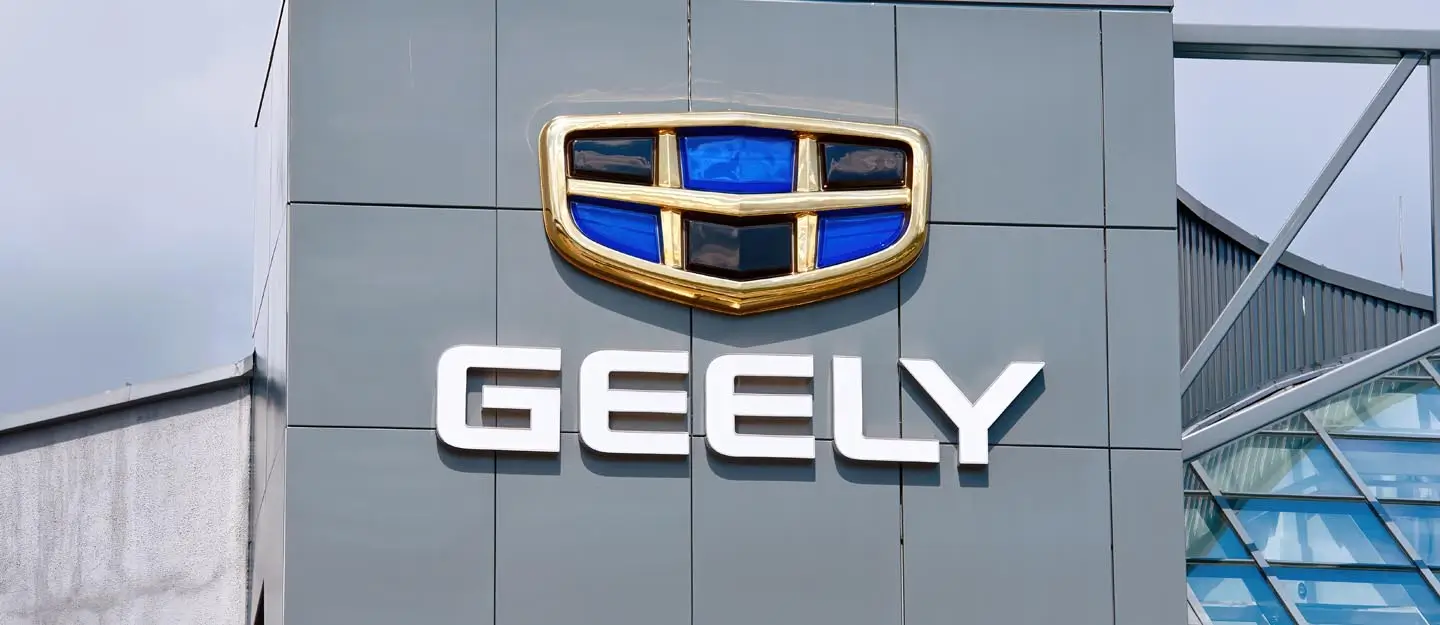Autonomous Vehicles and The Machine Learning Boost (PDF)

What are Autonomous Vehicles (AVs)?
Autonomous vehicles, often referred to as self-driving or driverless cars, represent a revolutionary technology that can navigate and operate without human intervention. These advanced vehicles stand at the forefront of connected car innovation, leveraging the internet to access software applications and enhance both driving experiences and road safety. However, to ensure their safety and functionality, countries are in the process of developing infrastructures, laws, and standards to regulate this evolving industry.
The primary responsibility for the safe operation of autonomous vehicles lies with car manufacturers, original equipment manufacturers (OEMs), and suppliers who employ machine learning (ML) to create cutting-edge autonomous vehicle systems. This article delves into various use cases to illustrate how ML and deep learning (DL) technologies are employed to build sophisticated systems for different levels of vehicle automation.
Enhancing Vehicle Automation with Machine Learning
Autonomous vehicles (AVs) have the potential to offer individuals with limited driving experience or disabilities the freedom to travel with ease, allowing them to engage in various activities while in the passenger seat, thereby increasing efficiency. AVs rely on a combination of sensors such as radar, sonar, LiDAR, odometry, GPS, and inertial estimation units to perceive their surroundings. Advanced control systems decode sensory data to make informed decisions, recognizing roadblocks and critical markers to determine appropriate driving paths.
The COVID-19 pandemic has impacted the AV industry globally, causing fluctuations in connected car sales. However, production levels have largely returned to normal, indicating the resilience of the industry.
Currently, most AVs available on the market are classified as Level 2 or Level 3 automation, offering partial or conditional driving assistance. Examples include Tesla’s Autopilot and General Motors’ Super Cruise as Level 2 automation, while the 2019 Audi A8L qualifies as Level 3 automation. Nevertheless, predictions suggest that Level 4 (high driving automation) and Level 5 (full driving automation) AVs will soon enter the market.
Machine Learning Applications to AVs

Machine learning plays a pivotal role in addressing the immense technical challenges of delivering safe, cost-effective, and practical driverless cars. This article explores various ML use cases for AVs:
- Driving Monitoring: Neural networks can recognize driver behavior through facial recognition, verifying their authorization to use the vehicle. Occupancy detection algorithms optimize the vehicle’s environment based on the number and location of passengers.
- Driving Assistance: Deep learning frameworks like Caffe and Google TensorFlow, combined with image processing, enable AVs to detect objects and classify them, aiding in lane detection and obstacle avoidance. ML also supports higher-level driver assistance by perceiving and understanding the vehicle’s surroundings, including object detection through camera-based systems.
- Sensor Fusion: AVs utilize various sensors like cameras, radar, and LiDAR to create a comprehensive 360-degree view of the vehicle’s surroundings. Machine learning processes data from these sensors to improve object classification, distance measurement, and predictive modeling, ensuring safe maneuvering.
- ML Limitations: One challenge in ML-based object detection and classification is the requirement for extensive datasets to prevent bias and distortion in training data. Misclassification of objects due to subtle differences in sensor data remains a concern. Combining sensor outputs, such as cameras, radar, and LiDAR, offers a more reliable solution.
- Engine Monitoring: Machine learning analyzes time-series data from vehicle powertrains, allowing for adaptive adjustments to aging components and optimizing performance. This approach enhances vehicle reliability and efficiency.
- Cybersecurity: ML plays a pivotal role in detecting and preventing cybersecurity threats, and safeguarding the vehicle’s systems and data from malicious attacks.
- Data Privacy Protection: The collection of vehicle-generated data raises privacy concerns. ML models can help secure sensitive data and prevent unauthorized access or interception.
Current and Future Trends
The AV industry is witnessing substantial competition among major tech companies and automotive manufacturers to dominate the market. Key trends in machine learning for AVs include:
- Imaging Radar: High-resolution imaging radar, capable of detecting and classifying objects, offers a cost-effective solution for AVs, aiding in object recognition and classification.
- LiDAR Integration: Companies are exploring the integration of LiDAR data with deep learning models, allowing AVs to use 3D data for tasks like defining road boundaries, identifying intersections, and recognizing traffic lights.
- Fully Integrated Microcontrollers (MCUs): Next-generation AVs are incorporating fully integrated MCUs, allowing for improved system diagnostics and real-time adaptation to changing conditions, enhancing safety.
Key Points of Autonomous Vehicles
Machine learning plays a vital role in advancing autonomous vehicles, enabling them to learn from data and make informed decisions about their environment. While fully autonomous Level 5 vehicles are the ultimate goal, even lower levels of automation (e.g., Level 1 to Level 3) can significantly enhance the driving experience and road safety.
Collaboration between car manufacturers, governments, and the tech industry is essential to ensure standardized vehicles and regulatory support for autonomous vehicles. As technology evolves, autonomous vehicles promise to bring about safer, more efficient, and more accessible transportation options, ultimately improving the quality of life for people around the world.
For more exciting news about the automotive world, check out our blog.




